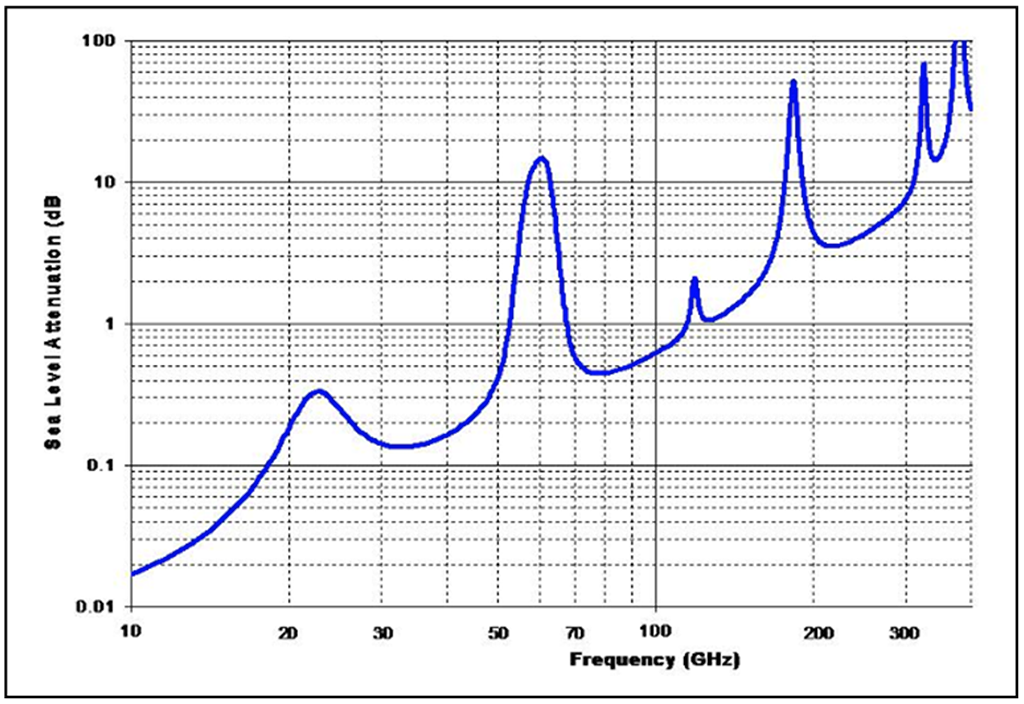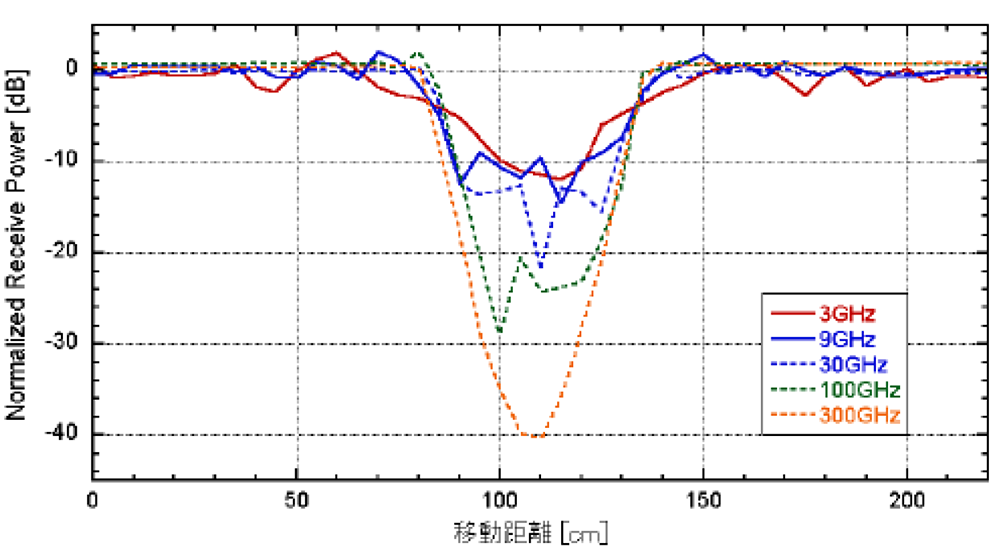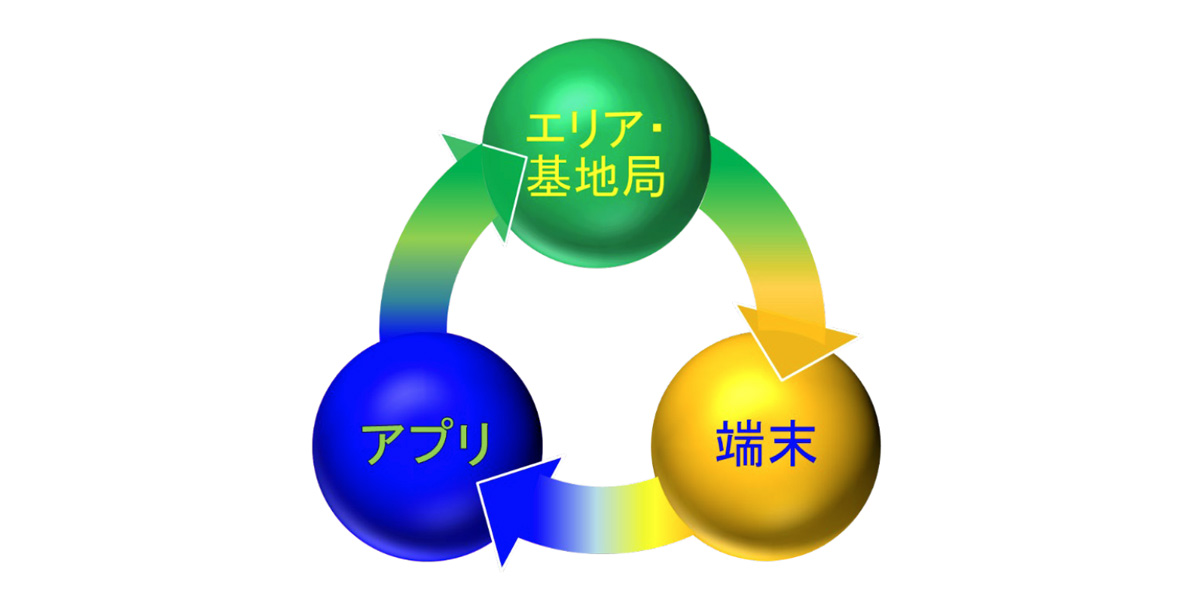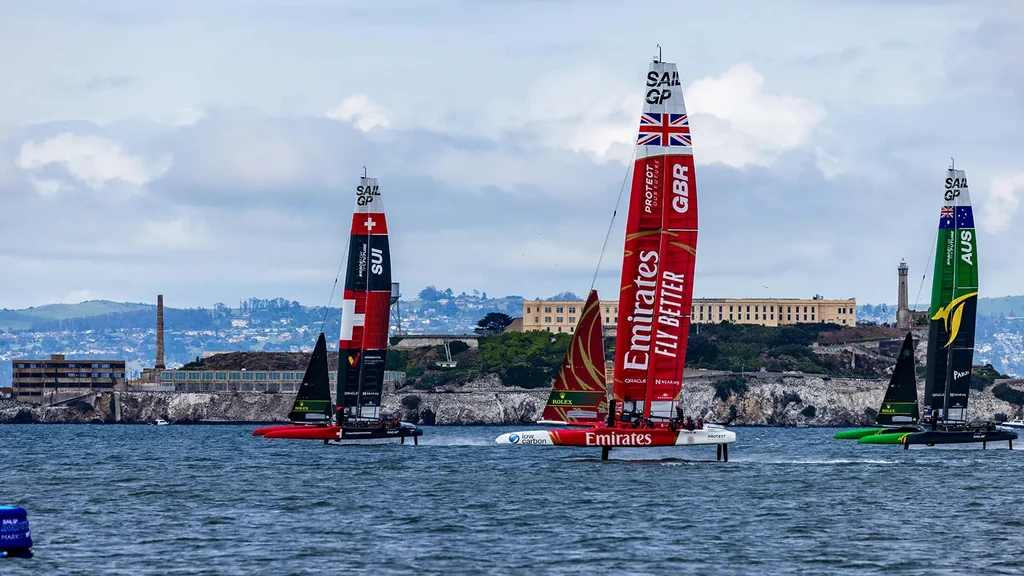
Challenges" for expanding millimeter wave use in 5G
Currently, 5G areas are mainly focused on low-band, mid-band and sub6. On the other hand, the reality is that the traffic capacity ratio of "millimeter wave," which uses high frequency bands, one of the features of 5G, is extremely low. In this article, we will discuss the millimeter wave utilization on improving...
2023/12/04
Posted on 2023/12/04
Currently, 5G areas are mainly focused on low-band, mid-band and sub6. On the other hand, the reality is that the traffic capacity ratio of "millimeter wave," which uses high frequency bands, one of the features of 5G, is extremely low. This article analyzes the challenges in improving millimeter wave usage from four perspectives: (1) millimeter wave deployment area, (2) millimeter wave-enabled base station equipment, (3) millimeter wave-enabled terminals, and (4) millimeter wave use cases.
While millimeter wave is expected to offer higher speed and capacity than sub6 due to its wider bandwidth, 5G areas are currently deployed mainly in low-band, mid-band, and sub6, and the millimeter wave traffic capacity ratio is extremely low. Issues in improving this situation are analyzed in terms of millimeter wave deployment areas, millimeter wave-capable base station equipment, millimeter wave-capable terminals, and millimeter wave use cases, and are described below.
Millimeter wave introduction area
The free space loss of radio propagation is given by Equation 1. This means that the radio propagation loss increases with increasing frequency as the square of the increment of the frequency.
Propagation loss L=(4πd f/c)² d:distance, f:frequency, c:speed of light (Equation 1)
In addition to the self-induced space loss, there is absorption by molecular vibration in the air, which varies with frequency, resulting in the losses shown in Fig. 3-1.

Fig. 3-1 Atmospheric and molecular absorption
Losses due to shielding are also steeper at higher frequencies, resulting in a greater drop in out-of-sight reception levels (Fig. 3-2).

Fig. 3-2 Example of shielding loss measurement results [1].
Due to these radio propagation characteristics, the cell radius of millimeter wave is smaller than sub6 when compared at the same effective radiated power. In addition, the shielding loss is steep and large, so antennas need to be installed in locations where the line-of-sight environment can be secured as much as possible. These are issues for carriers in terms of cost and securing antenna installation sites, so sub6, which is easier to operate, is currently being deployed most often. In order to improve the millimeter wave area, it is necessary to improve antenna performance and miniaturization based on radio wave propagation characteristics, and to develop new solutions to ease restrictions on antenna installation locations.
Millimeter wave-enabled base station equipment
Millimeter wave is a new frequency band to be used for mobile communications in 5G, which requires new development, and its penetration is limited compared to sub6 and the economies of scale for wireless devices are currently low.
For base station antennas, it is easier to realize smaller antennas compared to sub6, and the use of super multi-element antennas has become the norm in order to dramatically improve antenna gain to cope with increased propagation loss. In addition, since losses in the equipment also increase, implementation with an analog RFIC that integrates the antenna and amplifier to minimize losses is usually used. As described above, millimeter-wave base stations are new in many aspects of implementation and are expected to evolve in the future. For example, the efficiency of base station amplifiers for sub6 is several tens of percent, whereas that for millimeter wave is as low as ten or more percent. In terms of the number of MIMO layers, two layers are the mainstream for millimeter wave due to the limitation of equipment size. In terms of the number of MIMO layers, two layers are the mainstream for millimeter wave due to equipment size limitations. The development of these functions is being considered as a possibility for future advancement.
Millimeter wave-enabled terminals
As noted throughout the white paper, millimeter wave use cases are not yet sufficient, and in addition, there are currently not enough areas where millimeter waves can be used. Although the number of terminals implementing millimeter wave is increasing, it is still limited to high-end terminals. The increased costs associated with the introduction of millimeter wave, such as the development of millimeter wave antennas, modules, baseband, and related SW, etc., as mentioned above, lead to higher terminal prices, making it difficult to spread the use of millimeter wave to low-end terminals. The current issue is that end-users are not able to find benefits that are commensurate with this price increase. In addition, the introduction of millimeter wave technology will increase the number of components, which may limit the design of terminals. The cost of introducing millimeter wave, miniaturization of antennas and modules, and high coverage of antenna characteristics will be the key to the spread of millimeter wave to terminals.
In addition, the power efficiency of semiconductor devices such as amplifiers is still lower in millimeter wave than in microwave, and this is one of the main reasons for the higher power consumption. This also affects battery consumption, heat generation, and other factors, and has a significant impact on the end-user's experience. Solving these problems will be a key to the spread of millimeter wave terminals.
Millimeter Wave Use Cases
Use cases specific to 5G are expanding, such as the need for higher quality video services and remote monitoring and control. However, most of the current use cases remain at a level that is satisfactory even with sub6 performance, and do not require the high-speed, high-capacity performance of millimeter wave, which has not led to the widespread use of millimeter wave. In the future, it is necessary to appeal and demonstrate the effectiveness of millimeter wave to other industries in order to further improve the quality of use cases that require millimeter wave and to create new use cases.
overall task
The above mentioned issues for millimeter wave deployment are categorized into millimeter wave deployment area, millimeter wave compatible base station equipment, millimeter wave implemented terminals, and millimeter wave use cases. For example, the absence of use cases that take advantage of the high-speed and high-capacity characteristics unique to millimeter wave is one of the reasons why carriers are reluctant to expand millimeter wave areas, as they cannot foresee the cost effectiveness of millimeter wave deployment through increased number of users/ARPU. Another reason for the limited number of terminals implementing millimeter wave is the limited area of millimeter wave. The reason why millimeter wave specific use cases have not been created is probably due to the limited millimeter wave area and the lack of millimeter wave implemented terminals. Therefore, it is necessary to solve all the above three issues and make them a positive chain for the spread of millimeter wave. (Fig. 3-3)

Fig3-3 Cross-Correlation and Positive Chain of Millimeter Wave Dissemination Challenges
Furthermore, the millimeter wave situation and challenges described above are not limited to the domestic market, but are a global issue, and the situation is more serious overseas. Millimeter wave frequency allocations are gradually spreading abroad, but are still limited to a few countries. Even in countries where millimeter wave spectrum has been allocated, it has not been deployed in areas, or has been introduced in only a few areas and for only a few applications. There have been cases overseas where telecommunications carriers have been allocated frequencies but have been deprived of their allocated licenses due to the lack of area deployment. In order for millimeter wave to spread, price reduction, cost reduction, and technological innovation through the establishment of a global ecosystem are essential, and it is not a matter of focusing only on the domestic market. It is extremely important to share the challenges and solutions of millimeter wave on a global scale and build a global ecosystem for its diffusion in Japan in the future.
References
- K. Toyotake, et al, "Human Body Shielding Losses in the Terahertz Band," Sokendai, B-1-5, Mar. 2022.
The content of this article has been excerpted and edited based on the 5GMF White Paper "Advanced 5G with Millimeter Wave Penetration, Version 1.0" published by 5GMF on March 31, 2023. The white paper was updated to Version 2.0 on July 3, 2011. To view the full document, please click5GMF Web siteDownload from




